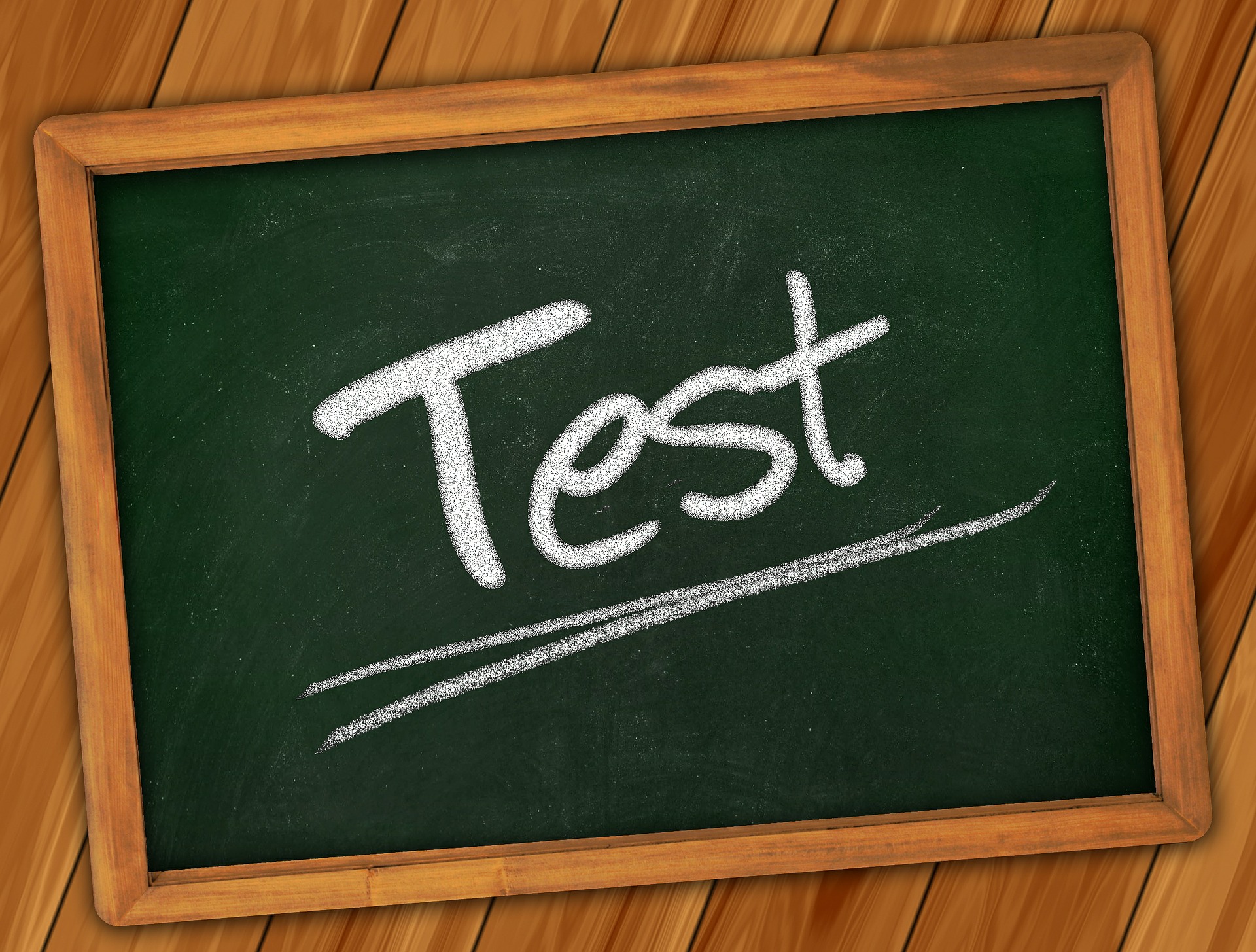
Students have always experienced test-taking anxiety but in recent years the problem has gotten worse, says Dr. Janani Krishnaswami, a Texas physician who helps students overcome these stresses before high-stakes exams such as the AP, SAT, or ACT.
Krishnaswami, who is also a content author for UWorld, a test-prep service, shares best practices and tips for educators looking to help their students reduce their test-taking anxiety.
1. Reducing Test-Taking Anxiety: Make Sure Your Students Practice Test Taking
“Test taking is an art and a skill that's independent of actually learning material,” Krishnaswami says. “So it's very important for teachers to understand that while they're doing a great service by teaching this material with enthusiasm, a lot of emphasis has to be placed on test taking itself.”
Test-taking strategies should be covered in class and educators should give students test-taking practice. “Test taking itself has to be taught as almost a separate skill,” she says. However, that doesn’t mean these strategies can’t be incorporated into the class material. “You should use test taking itself as a way to learn material; they work synergistically,” she says.
2. Help Students Shift Their Mindsets
Part of preparing for the day of the test is making sure you go into it with the right mindset. Teachers can help students establish this by showing empathy and helping students recognize all the challenges they’ve successfully overcome previously.
“Typically, human beings tend to have negative cognitive biases, we tend to over-emphasize the things that have happened to us that haven't gone exactly according to plan or where we feel deficient,” Krishnaswami says. “We tend to overlook those things where we'd actually done a good job or actually did better than we thought."
Overcoming those unconscious biases is essential. “That's where teachers can actually help guide that student in understanding, ‘Hey, what have you done well? What do you think your strengths are?’” she says. “Then when we start to do a lot of catastrophizing and get into what-if scenarios and worst-case thinking, let's counter that with, ‘What would you like to see happen? What's your ideal vision for yourself?'”
3. Remind Students to Focus on What They Can Control
Educators can remind students to focus on what they can control leading into a test, which includes their preparation on the material and test-taking strategies, and their mindset.
“Once you've done those two things, there is an element that is going to be outside of your control and that is something that we all have to accept,” Krishnaswami says. “You don't know exactly what assortment of questions you're going to get. Maybe you didn’t sleep that well the night before, and you definitely can't control what that result is going to be.”
Despite these elements beyond their control, students who know they prepared properly can take solace in that. “That is a great tool to help with anxiety when you realize that, ‘Oh, I can't control everything that happens to me, but I'll put in my best work,'” Krishnaswami says
4. Use Technology to Help With Mindfulness
Healthcare professionals can help students learn how to cope with anxiety spikes in the moment. Something as simple as a student wearing a rubber band on their wrist and snapping it when they feel anxious to remind themselves to calibrate can be helpful, Krishnaswami says.
Technology can also assist in providing mindfulness practice. “I really love Insight Timer,” she says. “It’s an app that has everything from breathing practices to guided body scan meditations.”
Much of it is free and it incorporates a wide range of mindfulness practices from different cultures as well as offering music-based meditations. Other apps with similar features that Krishnaswami also recommends include Open, Calm, and Headspace.
Whatever app or mindfulness practice a student uses, repetition and consistency is key. “The more you use them in a routine, the more effect you'll see,” Krishnaswami says. “Rather than just using it sporadically or right before a test, it's going to have more effect when you start building that daily practice.”
- I Took CASEL’s Online SEL Course. Here’s What I Learned
- Fostering Well-Being and Social-Emotional Learning Skills
To share your feedback and ideas on this article, consider joining our Tech & Learning online community here







